The F-35’s Torturous Development Road Is Mercifully Over, 10 Years Late
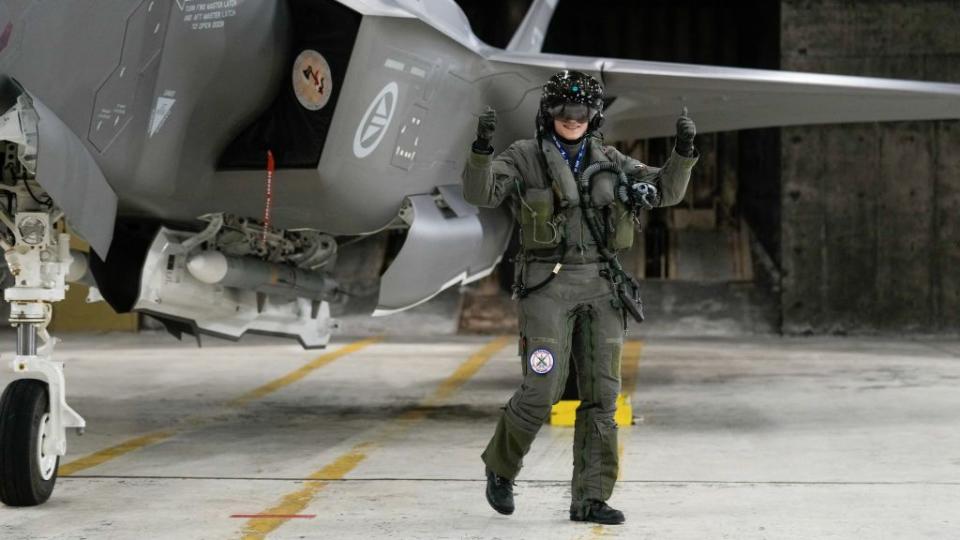
The Pentagon has finally declared the F-35 fighter mature enough to go into full rate production.
The move signals that the plane, and the worldwide enterprise that builds it, is stable and capable.
The move comes after nearly a third of the planes have already been built.
The Pentagon has given its blessing to the F-35 Lightning II fighter program, clearing the way for the jet to shift from partial to full rate production. The move comes ten years later than originally anticipated—a reflection of the plane’s extremely difficult, twenty-year-long development process. Twenty nations are set to field the stealthy strike fighter, buying more than 3,000 of the planes worldwide.
Sign-off
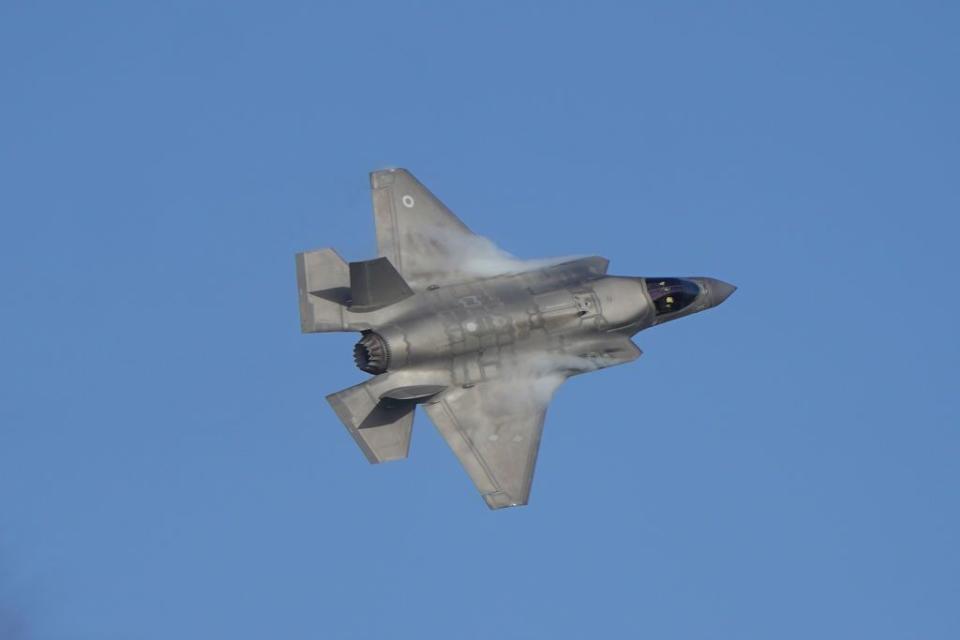
Last week, Under Secretary of Defense for Acquisition and Sustainment Dr. William A. LaPlante signed off on advancing the F-35 program to the Milestone C/Full Rate Production phase. The decision means that the aircraft, its technology, and the global system of production that builds the jets is stable enough that manufacturers Lockheed Martin and Pratt & Whitney can work on fulfilling orders sooner by expanding production. In theory, this should mean lower prices and more planes for everyone.
The Pentagon states that the decision was made after examining the state of the F-35 program, including the mandated “F-35 Combined Initial Operational Test and Evaluation and Live Fire Test and Evaluation Report”—a sort of final exam for the aircraft that involved live tests of the plane’s capabilities. The report’s existence was revealed in March by Bloomberg, but the Pentagon has stamped it classified, so no one without the proper clearance can actually read it.
Years of Delays
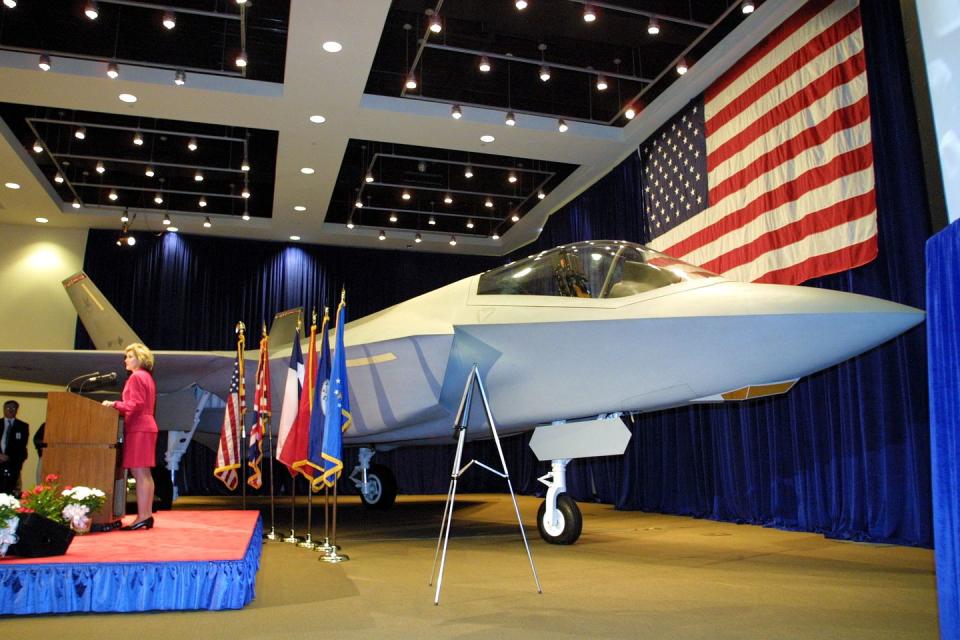
The F-35 Joint Strike Fighter was first conceived in the early 2000s as a single fighter jet with three variants: the F-35A, F-35B, and F-35C. The “conventional” F-35A would replace the F-16 Fighting Falcon and the A-10 Thunderbolt II in Air Force service, the vertical takeoff and landing F-35B would replace the Marine Corps’ AV-8B Harrier II and F/A-18 Hornet fighters, and the F-35C carrier takeoff and landing version would serve on US Navy aircraft carriers.
In addition, under a system called concurrency, Lockheed Martin would build smaller batches of jets for customers before full rate production was approved. This would allow the complex, planet-spanning F-35 enterprise—including a worldwide network of parts suppliers, regional repair depots, and the main F-35 factory in Fort Worth, Texas—to warm up in anticipation of full production. The plan acknowledged that the F-35 faced a lengthy development program and, rather than wait until the plane was completely done, sought a compromise by pushing jets out the door early.
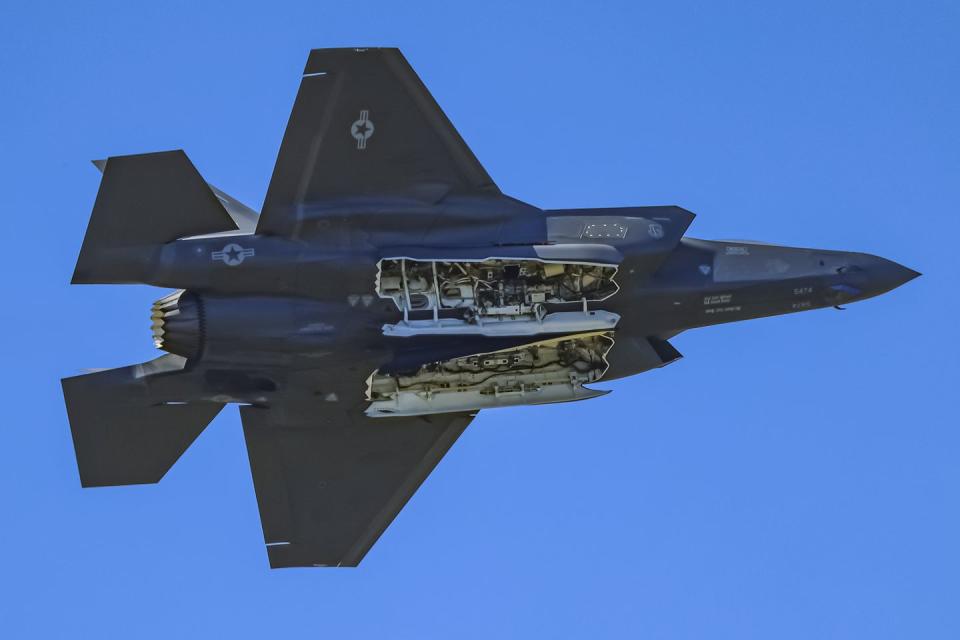
Once the plane was approved for full rate production, early versions of the jet would get updated hardware and software at regional repair depots. At the same time, new upgrades would be planned and executed over the lifetime of the global F-35 fleet, ensuring that a plane first developed in the 2000s could serve into the 2060s.
If this sounds complex, that’s because it was. The U.S. and allies now operate about 900 F-35s in the field—they are divided into three versions, built to different standards, and parked on air fields from Alaska to Norway. All of these jets must be updated to a common standard and, importantly, the countries that own these jets must pay for the updates. Concurrency has turned out to be just about the most complicated way to build a fleet of aircraft imaginable.
Vague Benefits
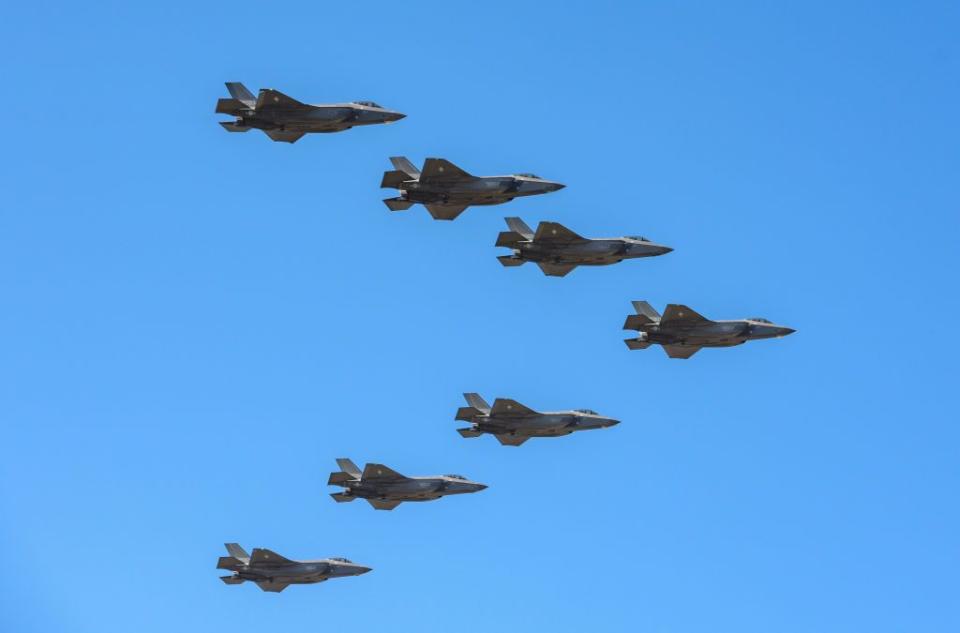
The decision to enter Full Rate Production was supposed to allow Lockheed Martin to increase production and thus lower prices. During the many years it was in Low Rate Initial Production, the number of planes built annually rose to just under 150 (150 being maximum capacity), so that benefit actually came and went several years ago. The Pentagon is also reducing the number of F-35s it is asking for in 2025 from 107 (the previous year) to just 86, which will likely increase the cost of each aircraft bought.
The decision marks the end of the first stage of the 70-year F-35 program. For most involved in the worldwide effort, there is little difference between the day before the decision and the day after. The real benefit of the decision appears to be psychological—a crossing of the finish line after a long and grueling process.
You Might Also Like

 Yahoo Finance
Yahoo Finance 